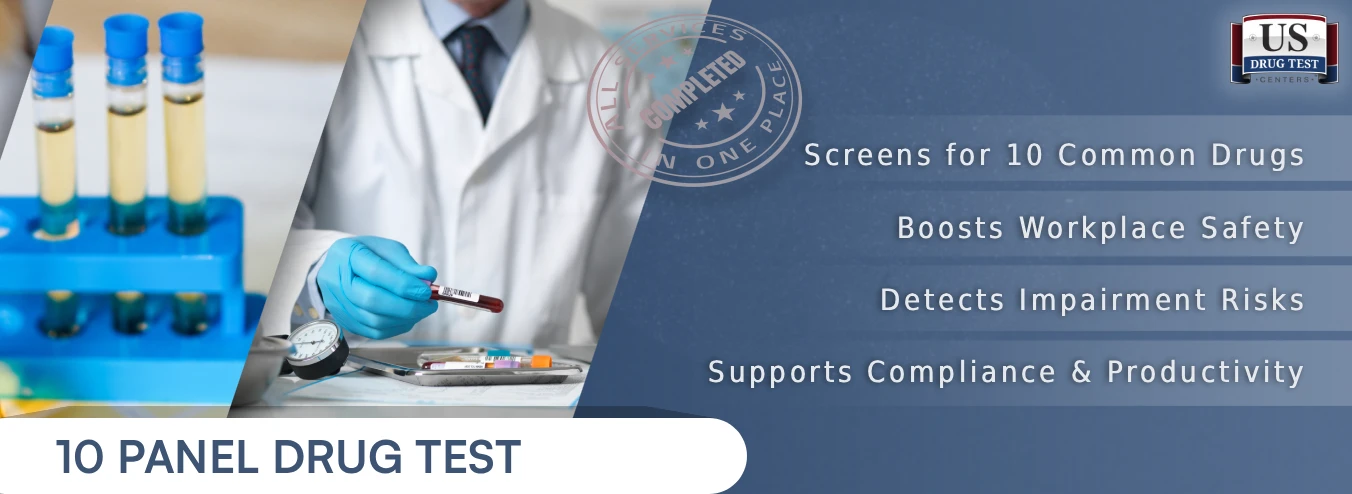
Last Updated: December 6, 2023
At a glance:
Have you been wondering, "Where is there a 10 panel drug test near me?" Look no further! US Drug Test Centers offers the 10-panel drug test for businesses of all kinds.
Are you wondering, "How can I get a rapid 10 panel drug screen near me?" The 10 panel drug test is regularly available with the urine drug test 10 panel specimen lab and instant urine testing (the 10 panel rapid drug test). Hair testing is typically a 5 panel drug test, although some labs now offer a 9, 12, or 14 panel hair test.
Some labs have eliminated the methaqualone from this panel and provide only a 9 panel drug test, and some have replaced the methaqualone with OxyContin® (oxycodone or OXY). The OXY add-on can make the panel more expensive. Methaqualone/Quaaludes are no longer legally manufactured and are rarely available in the United States.
The 10 panel drug test screens for:
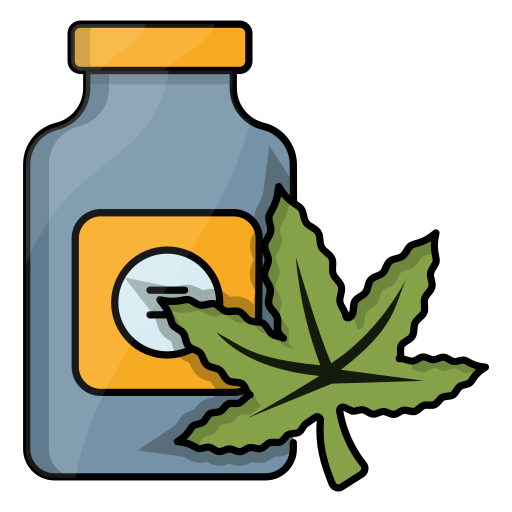


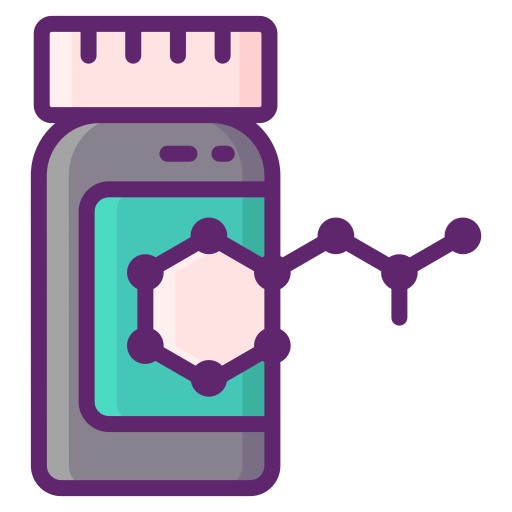

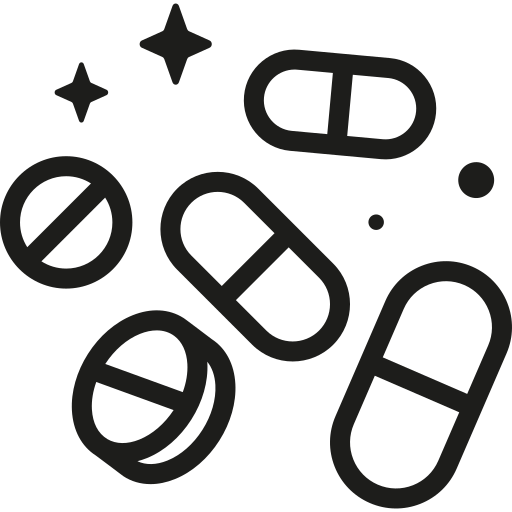

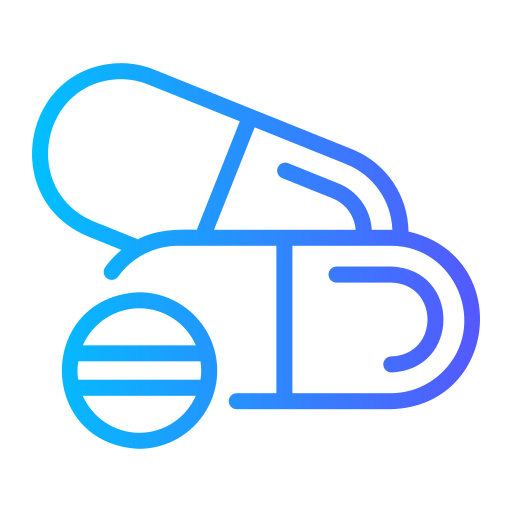


Learn more about the individual substances screened for in the 10 panel drug test.
Marijuana is the most often used illegal drug in this country, which is why it's part of the 10 panel drug screen. The main active chemical in marijuana is THC. THC affects the brain the most, out of the roughly 400 chemicals found in the cannabis plant, with the highest concentrations found in the leaves and flowers. When someone smokes marijuana, THC rapidly passes from the lungs into the bloodstream and is carried to the brain and other organs. THC from the marijuana acts on specific receptors in the brain, ultimately leading to the high that users experience.
While marijuana is still illegal under U.S. federal law, many states have legalized it for medicinal and sometimes even recreational use.
Cocaine is also part of the drug screening 10 panel. Cocaine a potent central nervous system stimulant and a local anesthetic, extracted from the leaves of the coca plant. At first, it causes extreme energy and restlessness while gradually resulting in tremors, over-sensitivity, and spasms. In larger amounts, cocaine can cause fever, breathing problems, and unconsciousness. It's one of the most powerfully addictive drugs.
Cocaine can be snorted, rubbed into the gums, or dissolved in water and injected.
PCP's sedative and anesthetic effects are trance-like. Users claim to experience a feeling of being "out of body" and detached from their environment. It can create altered states of perception and feeling and is highly addictive.
PCP can be snorted, smoked, injected, or swallowed. It's most commonly sold as a powder or liquid but can come in tablets and capsules. When it's smoked, it's applied to a leafy material such as mint, parsley, oregano, tobacco, or marijuana. Depending on how much and by what method PCP is taken, the effects can last approximately four to six hours. Street names include angel dust, ozone, wack, and rocket fuel.
Methamphetamines are an addictive stimulant drug. These are synthetic, psychoactive drugs with amphetamine-like and hallucinogenic properties. It's closely related chemically to amphetamine, but the central nervous system effects of methamphetamine are greater. Methamphetamine is commonly made in illegal laboratories and has a high potential for abuse and dependence.
The drug can be taken orally, injected, or inhaled. Users claim to experience enhanced euphoria, alertness, reduced appetite, and a sense of increased energy and power. Cardiovascular responses include increased blood pressure and cardiac arrhythmias. More acute responses produce anxiety, paranoia, hallucinations, psychotic behavior, depression, and exhaustion.
Short-term effects can include nervousness, insomnia, loss of appetite, nausea and vomiting, dizziness, palpitations, headaches, changes in heart rate and blood pressure (usually elevation of both), skin rashes and itching, abdominal pain, weight loss, digestive problems, psychotic episodes, drug dependence, and severe depression upon withdrawal.
Opiates generally refer to any drug that is derived from the opium poppy, including morphine, codeine, and heroin.
Opiates effectively change the way a person experiences pain. Abuse often produces drowsiness, constipation, and, depending upon the dosage, depressed breathing. Taking a large single dose may cause severe respiratory depression, coma, or death.
Heroin is a highly addictive drug derived from morphine, which affects the brain’s pleasure systems and interferes with the brain’s ability to perceive pain.
Benzodiazepines are prescription tranquilizers that slow normal brain function and may result in slurred speech, shallow breathing, sluggishness, fatigue, disorientation, lack of coordination, and dilated pupils. Higher doses cause impaired memory, judgment and coordination; irritability; paranoia; and thoughts of suicide.
Using prescription tranquilizers with other substances can slow breathing, heart rate, and respiration and possibly lead to death. Benzodiazepines are prescribed for anxiety, acute stress reactions, and panic attacks. They can be swallowed or injected.
Barbiturates are prescription medications that act as central nervous system depressants. They are prescription sedatives, commonly known as sleeping pills. Barbiturates can come in tablets, capsules, or liquid form. Medically, barbiturates are prescribed for acute anxiety, tension, and sleep disorders.
Methadone has long been used to treat heroin addiction. It's long-acting and requires one daily dose. Heroin is short-acting and generally takes at least three to four daily doses to prevent withdrawal symptoms from emerging.
The drug is legal when prescribed for heroin addiction. Abusing methadone is illegal as it is a Schedule II substance under the Controlled Substances Act. Schedule II drugs, which include cocaine and methamphetamine, have a high potential for abuse. Abuse of these drugs may lead to severe psychological and physical dependence.
Propoxyphene is a narcotic pain reliever and cough suppressant. It's the active ingredient in Darvon, which was first marketed in 1957. In 2009, doctors prescribed Darvon and Darvocet over 10 million times. Safety concerns have arisen from the use of propoxyphene for decades but are typically linked to patients who exceeded the recommended doses. In 2010, the FDA banned Darvon, Darvocet, and other brand/generic drugs containing propoxyphene.
Methaqualone, more commonly known as Quaaludes, is a central nervous system depressant and sedative-hypnotic drug similar to barbiturates. They were supposed to be a safe substitute for barbiturates but were later found to be addictive with similar withdrawal symptoms. Now, Quaaludes are no longer legally produced in the United States.
If you own a business and have been wondering, "Where is there a ten-panel drug test near me," help is here. While some people find employee drug testing controversial and call it an invasion of privacy, these matters are important to employers. Here are just a few benefits of employee drug testing and maintaining a drug-free workplace.


Increased Productivity
Workers who are impaired and under the influence of drugs or alcohol are not functioning at 100%. They cannot produce the same amount of work, and they can’t maintain its quality. Drug abuse in the workplace costs employers big bucks due to lost productivity.
Keep your workplace drug-free and your team members will continue to be productive and efficient. The drug test 10 panel can help.


Increased Presence and Employee Loyalty
Research has found a clear connection between drug abuse at work and an increase in absenteeism and employee turnover.
By maintaining a drug-free environment, not only will your employees show up to work more consistently, but they’ll also stay with the company for a longer period of time.


Greater Onsite Safety
Where drugs are present, accidents and crime sometimes follow. Having drugs in your workplace in any capacity is a serious safety issue for your whole company.
Keep your business drug-free to ensure you’re creating an environment for everyone that is safe, secure, and comfortable.
If you've been researching online for "10 panel drug screening near me," it helps to first understand how long drugs stay in the body.
Below is a chart for drug detection periods. For assistance, contact US Drug Test Centers.
So, if you've been googling, "Where is there a 10 panel drug screen near me?" the search is over. Ordering a 10 panel drug test is easy. Call 866-566-0261 or order on our website to get a 10-panel drug screen near you. Our specialists can provide immediate assistance with any and all 10 panel drug screening. You can also choose from one of our other panels, or if you don’t see what you’d like, contact us and we’ll customize a panel for you. Remember we have more than 20,000 locations around the United States, meaning we’re always nearby! We make "10 panel drug testing near me" closer than ever before.
The 10 drugs tested for in a 10 panel urine drug test are: Cocaine, Marijuana, PCP, Amphetamines, Expanded Opiates, Benzodiazepines, Barbiturates, Methadone, Propoxyphene, Methaqualone
The 10 panel urine drug test detects drugs in your system within the past 80 hours
Most negative drug test results are received within 48 hours, from the time the specimen arrives at the laboratory. Non-negative results could take 7-10 business days for results to be received due to confirmation testing and prescription review by a certified Medical Review Officer.
US Drug Test Centers only uses SAMHSA certified laboratories including our trusted partners including Quest Diagnostics, Labcorp and Clinical Reference Laboratories.